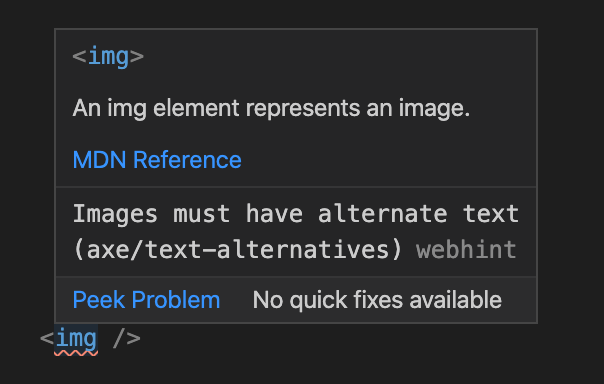A series of super tiny, quick tips, tricks and best practices of front-end development.
The series cover different topics:
- CSS
- HTML
- JavaScript
- TypeScript
- Browser developer tools
Pull requests are welcomed. To submit your favorite tip, please create a markdown file, and put it in the contents folder. The content of markdown file has to look like
---
category: ___
created: '___'
tags: ___
title: ___
---
The content of postcategory: Can be one ofTip,TrickorPracticecreated: The date that post is createdtags: The list of topic(s), separated by a commatitle: Must match with the file name
Here is an example.
This project is developed by Nguyen Huu Phuoc. I love building products and sharing knowledge.
Be my friend on


